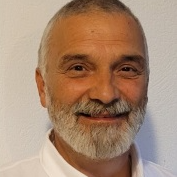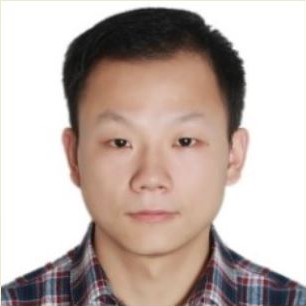New Advance of Acoustic Emission and Microseismic Monitoring Technologies in Civil Engineering
A special issue of Applied Sciences (ISSN 2076-3417). This special issue belongs to the section "Acoustics and Vibrations".
Deadline for manuscript submissions: closed (31 October 2021) | Viewed by 19849
Special Issue Editors
Interests: nondestructive testing (NDT); acoustic emission; electromagnetic emission; critical phenomena in structural mechanics; critical phenomena in geophysics; fracture mechanics; static and dynamic analysis of high-rise buildings
Special Issues, Collections and Topics in MDPI journals
Interests: deformation theory; optical techniques for material characterization; acoustical techniques for material characterization; dynamics; field theories
Special Issues, Collections and Topics in MDPI journals
Interests: rock mechanics test; acoustic emission; rockburst monitoring; in-situ testing of geotechnical engineering; risk assessment of geological hazards; microseismic monitoring; microseismic signal analysis and source location; failure mechanics of rockmass; rockburst hazard monitoring, warning and mitigation; risk assessment of major geological hazards; stability analysis, warning and control of geotechnical engineering, emergency management and sustainable development
Special Issues, Collections and Topics in MDPI journals
Special Issue Information
Dear Colleagues,
Acoustic emission (AE) and microseismic (MS) monitoring technologies have been successfully applied to material performance analysis, material detection, building and rockmass structure stability, and early warning in civil engineering. They have played an important role in safety operation of road engineering, bridge and railway engineering, tunnel and underground, water conservancy, and mining engineering. Further applications concern concrete pavement life prediction, health monitoring of towers, mine rockburst monitoring, rock slope stability analysis, hydraulic fracturing monitoring and evaluation, safety monitoring of hydroelectric dam, etc.
In recent years, AE and MS monitoring technologies have been used more and more widely in civil engineering, and their application environment has become more and more complex. The installation and arrangement of AE and MS monitoring systems, monitoring signal analysis, processing and data interpretation technology seriously determine the success or failure and quality of the application of AE and MS technology in civil engineering. Many challenges have arisen and meaningful developments have been made in recent decades. However, several important issues still remain, and more improvements can be made on the application of AE and MS monitoring technologies. Thus, we would like to propose this Special Issue focused on but not limited to the abovementioned themes.
We encourage submissions to this issue that focus on the New Advances in Acoustic Emission and Microseismic Monitoring Technologies in Civil Engineering. Original research articles and review articles in health and stability monitoring of civil engineering are especially welcomed.
Potential topics include but are not limited to the following:
- Installation and arrangement of AE/MS sensors;
- Analysis of AE/MS signals;
- AE/MS source location;
- Novel algorithms for data analysis for AE and MS signals;
- Focal mechanism of fracture based on AE/MS signals;
- Health and stability monitoring of civil engineering;
- AE/MS activity characteristics in disaster development process of civil engineering;
- Building and rockmass stability analysis and warning based on AE/MS information;
- Application of AE/MS monitoring technology in new area of civil engineering.
Prof. Dr. Giuseppe Lacidogna
Prof. Dr. Sanichiro Yoshida
Prof. Dr. Guang-Liang Feng
Guest Editors
Manuscript Submission Information
Manuscripts should be submitted online at www.mdpi.com by registering and logging in to this website. Once you are registered, click here to go to the submission form. Manuscripts can be submitted until the deadline. All submissions that pass pre-check are peer-reviewed. Accepted papers will be published continuously in the journal (as soon as accepted) and will be listed together on the special issue website. Research articles, review articles as well as short communications are invited. For planned papers, a title and short abstract (about 100 words) can be sent to the Editorial Office for announcement on this website.
Submitted manuscripts should not have been published previously, nor be under consideration for publication elsewhere (except conference proceedings papers). All manuscripts are thoroughly refereed through a single-blind peer-review process. A guide for authors and other relevant information for submission of manuscripts is available on the Instructions for Authors page. Applied Sciences is an international peer-reviewed open access semimonthly journal published by MDPI.
Please visit the Instructions for Authors page before submitting a manuscript. The Article Processing Charge (APC) for publication in this open access journal is 2400 CHF (Swiss Francs). Submitted papers should be well formatted and use good English. Authors may use MDPI's English editing service prior to publication or during author revisions.
Keywords
- Acoustic emission
- Microseismic monitoring
- Signal
- Source location
- Microseismicity
- Health monitoring
- Stability warning
- Case study







